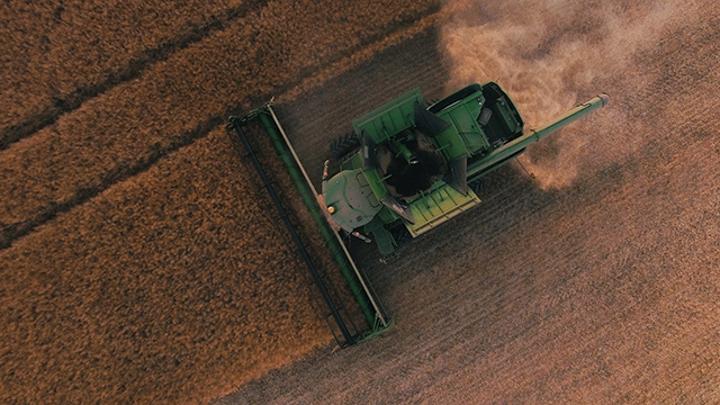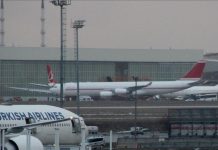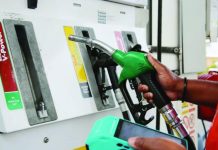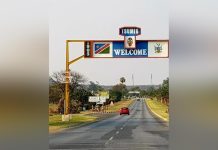Africa-Press – Namibia. AGRIBANK says recurring droughts, pests and the Covid-19 pandemic could be responsible for reduced investment and lower expansion in the agricultural sector.
According to the bank’s market report for October 2021, agricultural debt decreased by 6,7% to N$7,3 million in 2020, compared to N$7,8 million recorded in 2019.
“However, this is a 134% increase from the N$3 million disbursed in 2010,” Agribank said in a statement issued on Friday. The state-owned financial institution said its market share increased to 44% in the third quarter of 2021 from 40% in the same quarter last year.
“Given the growth potential, there is a need for Agribank to increase momentum on loan advances to support sustainable and viable farming enterprises,” the report said.
The bank, however, said the sharp acceleration in inflation could put pressure on agricultural input prices through import inflation, coupled with spiking fuel prices.
According to Agribank, the spillover effect of increasing global prices has been sharp hikes in local fuel prices for three consecutive months. “This will continue to put a dent in consumers’ pockets as high costs of food, inputs, logistics, and transport manifest,” the bank said.
Accelerating inflation coupled with the depreciation of the rand and the Namibia dollar against other major global currencies are putting pressure on the two countries’ central banks to hike interest rates.
“However, expectations of a hike in interest rates in South Africa and Namibia remain short term in view of concerns about the fragile pace of economic recovery,” Agribank said.
According to the bank, Namibia’s foreign reserves remain upbeat, recording a N$45,9 billion at the end of September this year. “The increase was mainly attributed to the International Monetary Fund’s special drawing rights allocation, resulting in 6,7 months of import cover.”
The livestock subsector remains stagnant, mainly on the back of the dwindling off-take rates. This remains a concern for the overall performance of agriculture for the current year.
The number of cattle marketed, increased by 6,1% to 21 317 in September 2021, up from 20 089 recorded in 2020. The improved performance can be attributed to the number of cattle slaughtered at export abattoirs, which doubled in September 2021.
Although a gradual increase in the cattle marketed was observed, this remains significantly below historic averages. Meanwhile, the total number of sheep and goats marketed stood at 24 609 in September 2021 – a 6,2% decrease from 26 240 in 2020.
The decline can be attributed to an 11% reduction in the number of sheep marketed due to limited slaughtering at the Aranos abattoir. The price of beef remained elevated in 2021, recording an average price of N$54,7 per kg in September 2021.
This is a 35% increase, which can be attributed to fewer cattle being marketed in 2021, with 170 838, compared to 194 991 the previous year. The price for weaners stood at N$38,5 per kg in September 2021, which is lower than N$44,5 per kg recorded in January this year.
The decrease is consistent with a 2,2% increase in the number of weaners exported. The reduction in sheep supply subsequently led to a spike in the producer prices in the market as demand continues to strengthen. The price was N$55,6 per kg in September 2021 – up from N$50,2 per kg in September 2020.
For More News And Analysis About Namibia Follow Africa-Press






